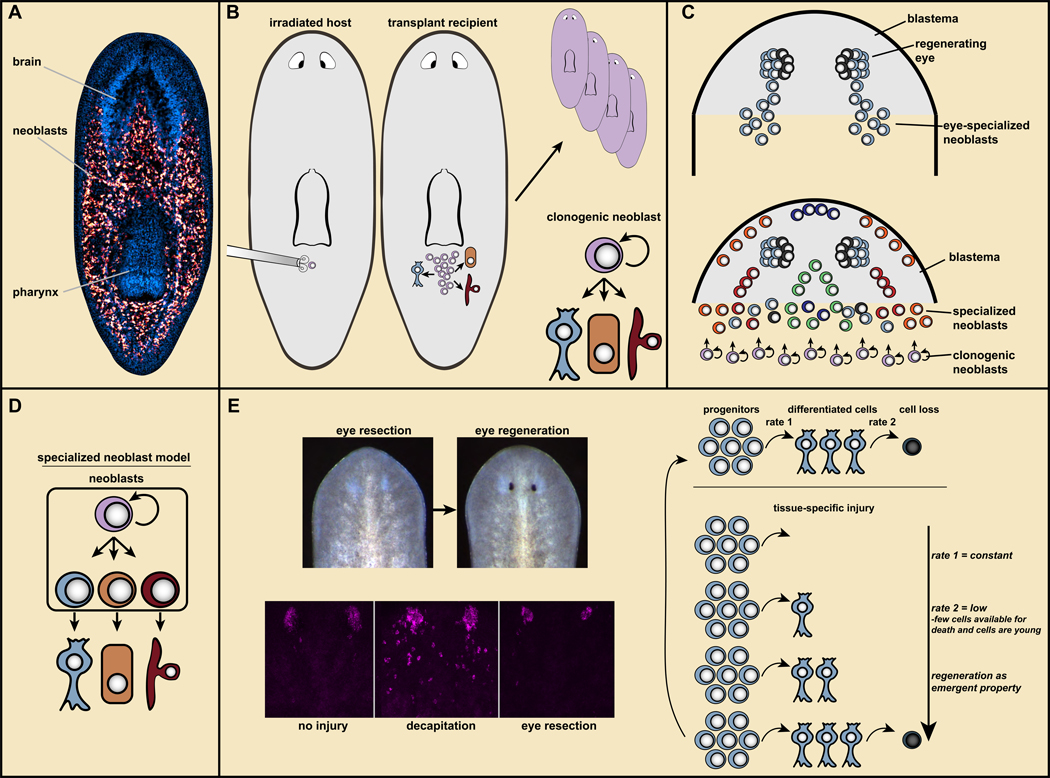Figure 2. Neoblasts provide the cellular basis for new tissue production in planarian regeneration.
A. Neoblasts (red) are mesenchymal cells distributed broadly. Blue, DAPI; the brain and pharynx are readily visible. From (Wagner et al., 2012). B. Transplantation of single neoblasts can generate colonies with broad differentiation potential and capacity to restore regeneration to lethally irradiated hosts. Resultant animals are genetic clones of the donor (top, right). Bottom right, clonogenic neoblasts (cNeoblasts) are pluripotent stem cells that provide the cellular basis for planarian regeneration. C. Top, specialized neoblasts for the eye produce progenitors that migrate in two trails from the wound into the head blastema, where they coalesce into eyes. Bottom, many specialized neoblast classes produce the differentiated cells of the blastema. The fate of blastema cells is pre-determined based upon which specialized neoblasts they came from. D. Specialized neoblast model. Activation of distinct transcription factors in neoblasts specifies their fate in tissue turnover and regeneration. E. Left: Eyes can be regenerated following resection, but this does not trigger amplification of eye progenitors (magenta; data from (LoCascio et al., 2017)). Right, “target-blind” regeneration: regeneration occurs as an emergent property of constant progenitor production. During regeneration, with no progenitor production-rate change, there are fewer cells in the forming eye accessible to undergo cell death and they are young. Consequently, fewer cell death events per eye passively enable regeneration.

